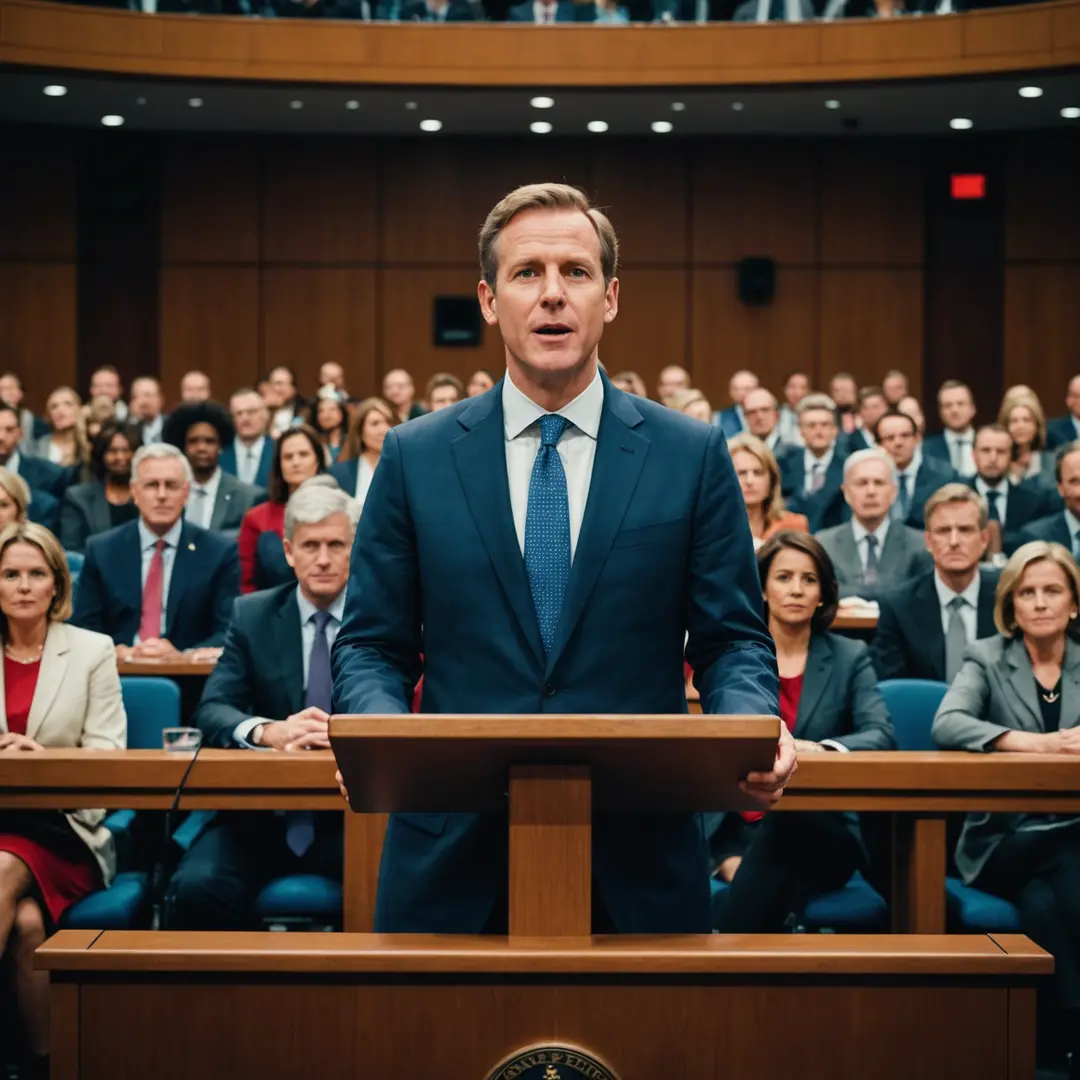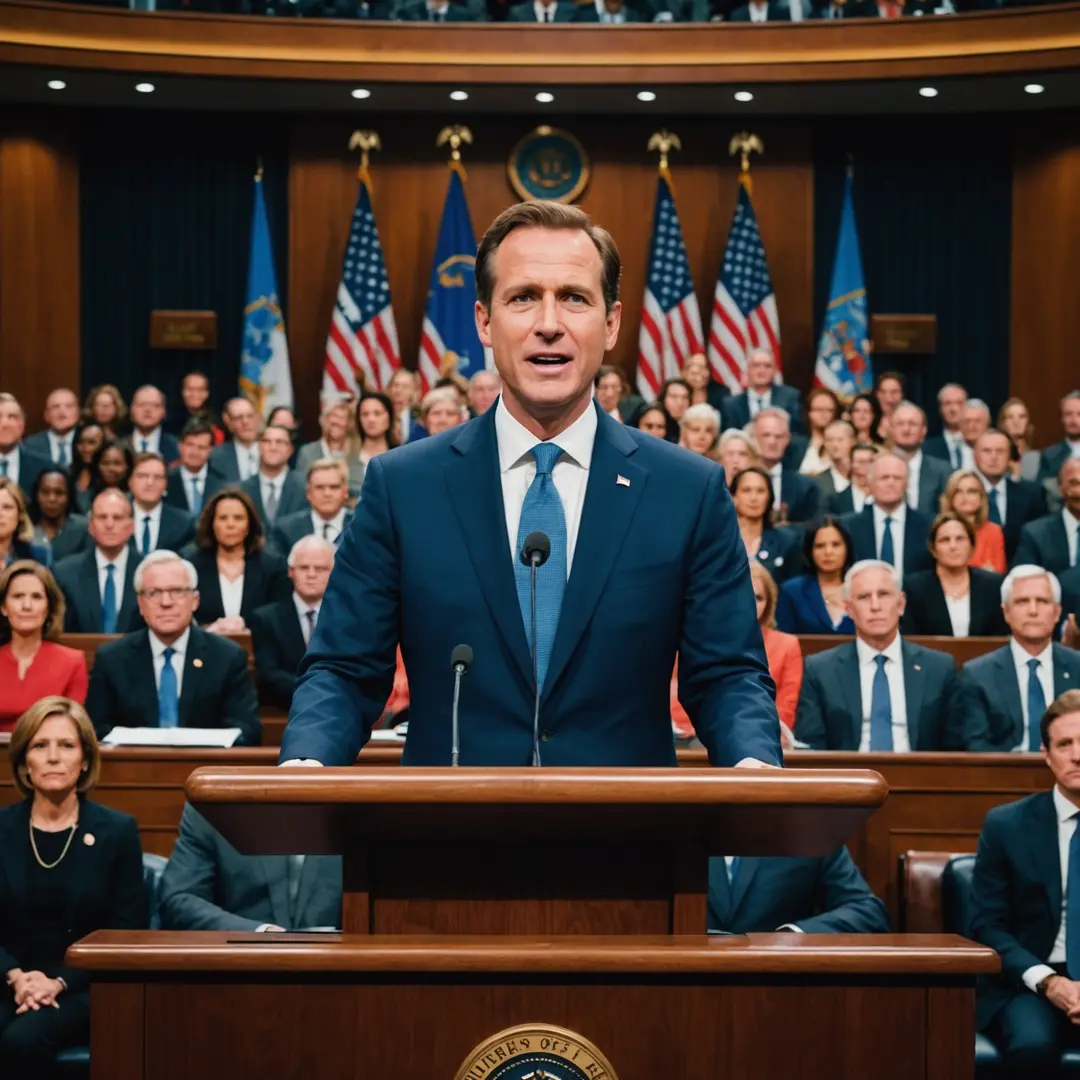5 ways for governments to use storytelling in social media
Table of contents
- Why Storytelling Matters for Governments
- Understanding Your Audience: The Dutch Citizen
- Effective Storytelling Techniques for Government
- Examples of Successful Government Storytelling in the Netherlands
- Tips for Dutch Civil Servants to Improve Their Storytelling Skills
Why Storytelling Matters for Governments

Building Trust and Transparency
In an era where public trust in government is waning, storytelling serves as a powerful tool to build credibility. By sharing authentic narratives, governments can demonstrate transparency in their actions and decisions. This openness fosters a sense of trust among citizens, making them feel more connected to their government. It is essential for civil servants to communicate not just what they do, but why they do it, creating a narrative that resonates with the public.
Humanizing Government and Its Services
Governments often come across as faceless entities, but storytelling can humanize these institutions. By highlighting the people behind the services—such as civil servants and community leaders—governments can create relatable and engaging content. This approach helps citizens see the human side of governance, making it easier for them to connect with the services provided. Personal stories can transform abstract policies into real-life impacts, making them more relatable and understandable.
Increasing Engagement and Reach
Social media is a crowded space, and standing out is crucial. Storytelling can significantly increase engagement rates by capturing attention and sparking conversations. When stories are shared, they are more likely to be liked, commented on, and shared by users, amplifying the government’s message. Engaging narratives can lead to higher reach, allowing governments to connect with a broader audience and encourage civic participation.
Understanding Your Audience: The Dutch Citizen

Identifying Key Demographics and Interests
To effectively tell stories, it’s vital to understand who the audience is. In the Netherlands, demographics can vary widely, from young students to elderly citizens. Each group has distinct interests and concerns that should be addressed in storytelling efforts. By identifying these demographics, civil servants can tailor their narratives to resonate with specific segments of the population, ensuring that the message is relevant and impactful.
Analyzing Social Media Behavior
Understanding how Dutch citizens engage with social media is essential for effective storytelling. Different platforms attract different audiences, and knowing where to share stories can enhance their visibility. For instance, younger audiences may prefer platforms like Instagram and TikTok, while older citizens might engage more on Facebook. By analyzing social media behavior, governments can strategically place their stories where they will have the most impact.
Effective Storytelling Techniques for Government

Showcasing Real Stories from Civil Servants
One of the most effective ways to engage citizens is by showcasing real stories from civil servants. These narratives can illustrate the challenges and successes faced by those working in government. By sharing these experiences, civil servants can inspire trust and relatability, showing that they are dedicated to serving the community. Authentic stories create a connection that statistics alone cannot achieve.
Using Visuals and Multimedia
Incorporating visuals and multimedia elements into storytelling can enhance engagement significantly. Images, videos, and infographics can make stories more appealing and easier to digest. For instance, a short video featuring a civil servant discussing their work can be more impactful than a lengthy text post. Visual storytelling captures attention quickly and can convey complex ideas in a more accessible way.
Leveraging Humor and Emotion
Humor and emotion are powerful tools in storytelling. They can break down barriers and make government more approachable. By using light-hearted anecdotes or emotional appeals, civil servants can create a sense of community and shared experience. However, it is essential to strike the right balance—humor should be used appropriately, ensuring it aligns with the message and audience.
Examples of Successful Government Storytelling in the Netherlands

Municipalities Using Social Media to Connect with Citizens
Many municipalities in the Netherlands have embraced storytelling on social media to foster connections with their citizens. For example, local governments share success stories about community projects and initiatives, showcasing the positive impact of their work. These stories not only inform citizens but also encourage them to participate in local governance, creating a more engaged community.
Government Agencies Promoting Initiatives Through Storytelling
Government agencies have also successfully utilized storytelling to promote various initiatives. Campaigns that highlight environmental efforts or public health initiatives often feature personal stories from citizens who have benefited from these programs. This approach not only raises awareness but also motivates others to get involved, creating a ripple effect of community engagement.
Tips for Dutch Civil Servants to Improve Their Storytelling Skills

Crafting Compelling Narratives
To improve storytelling skills, civil servants should focus on crafting compelling narratives. This involves identifying a clear message and structuring the story in a way that captures attention from the beginning. Including relatable characters and a clear conflict can make the story more engaging. Practicing storytelling techniques can help civil servants become more effective communicators.
Using Social Media Effectively
Utilizing social media effectively is crucial for reaching a wider audience. Civil servants should familiarize themselves with different platforms and their unique features. Tailoring content for each platform can enhance engagement and ensure that stories reach the intended audience. Regularly engaging with followers and responding to comments can also foster a sense of community.
Measuring Impact and Engagement
Finally, measuring the impact and engagement of storytelling efforts is essential for continuous improvement. Civil servants should track metrics such as likes, shares, and comments to gauge the effectiveness of their stories. Analyzing this data can provide valuable insights into what resonates with citizens, allowing for adjustments in future storytelling strategies. By continually refining their approach, governments can enhance their connection with the public.





